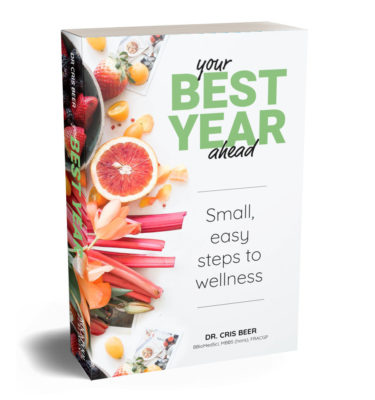MSG is short for monosodium glutamate. It is a flavour enhancer that is added to some takeaway foods to improve the taste of that food. In essence MSG tricks your brain into thinking the food tastes good by stimulating your taste buds. It also stimulates your appetite and can trigger an addiction to that food to which MSG has been added. It looks similar to salt and mixes in with the food like salt so you will not realise that it is present.
Where is MSG Found?
Most commonly MSG is found added to Asian-style foods – Chinese, Korean and Thai takeaway foods. Keep in mind that MSG can also be found naturally in a lot of foods including meats, diary products, tomatoes, soy products, nuts and beans, as the natural chemical glutamate, which is metabolised into MSG in the body. The problem is that the amount artificially added to some takeaway foods is very high, much more than would normally be found in foods naturally.
What are the Symptoms of MSG Sensitivity?
In some individuals who are MSG sensitive the body reacts badly when they ingest it. Symptoms that occur within an hour of eating a food containing MSG and can include:
- Dry mouth
- Stomach cramps
- Nausea/vomiting
- Diarrhoea
- Migraine headaches
- Heart palpitations
- Rapid heartbeat
- Shortness of breath
- Light-headedness
- Joint pain/stiffness
-
Blurry vision
Some new conditions have also been linked to MSG1 including:
Obesity – MSG may damage a part of the brain that regulates appetite called the hypothalamus. A damaged hypothalamus may lead to a runaway appetite and therefore potential weight gain. MSG has been found to also trigger the pancreas to produce more insulin, which in turn reduces blood sugar. This is why many people are hungry an hour or so after eating food containing MSG.
Excitotoxicity – research has shown that MSG can cause lesions in the brain by killing off brain cells by literally exciting them to death. The young are most susceptible and so keep MSG foods away from children.
Keep in mind that in addition to being found in Asian style foods, and some naturally occurring foods, MSG can also be found in processed foods such as some salad dressings, gravies, soups, stocks, soy sauce and processed meats.
It is often renamed on the ingredients list as hydrolysed vegetable or plant protein, yeast extract, soy protein isolate, natural flavours, or as enhancer 621. So to avoid MSG always ask at Asian-style restaurants if their food is MSG-free. Read labels well when you are at the supermarket and where possible avoid processed foods as this will reduce the chance that you are unknowingly ingesting MSG.
In Great Health,
Dr Cris
Holistic Medical Doctor




